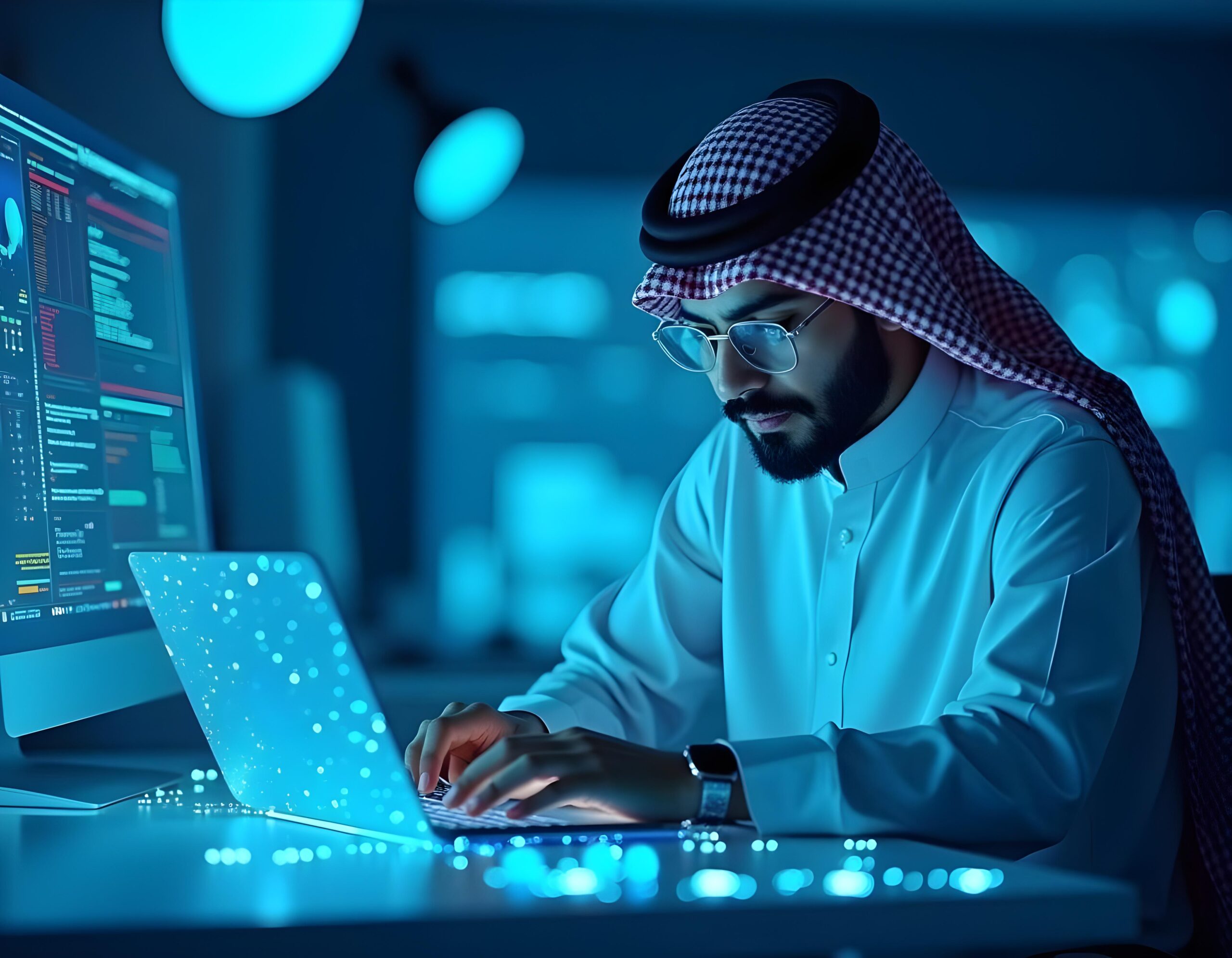AEROSPACE-TECH
Problem Statement
Aerospace and aviation, a dynamic and cutting-edge field integrate principles of mechanical, electrical, and materials science to propel humanity into the skies and outer space. Notably, aerospace technology is often intricately connected to government entities, where collaboration drives advancements in defense, national security, and space exploration. In addition, the aerospace industry grapples with substantial costs, particularly during the testing phase of innovative products, where rigorous evaluation and experimentation are imperative.
- Exacerbation of hunger
- Food insecurity
- High production costs
- High transportation costs
- Rise in food prices
- Low quality of products
- Prevalence of unfair business practices
- Soil Erosion Increased
- Input Costs
- Prevalence of limited technical constraints
- Food loss and waste
- Water Wastage
- Resource Depletion
- Labor Cost and Accessibility
- Degrading and Undervaluing Farmland
- Urbanization of Rural Areas
- Price Volatility
Aerospace-TechImportance
Agri-tech, or agricultural technoloAerospace-Tech Importancegy, is pivotal in addressing numerous challenges faced by the agriculture industry. Its importance extends across various aspects, contributing to increased efficiency, sustainability, and overall productivity, transforming traditional farming practices into more sustainable, data-driven, and technologically advanced systems. As the global population continues to grow, the significance of Agri-tech in meeting the increasing demand for food while minimizing environmental impact becomes even more crucial.
Here are key points highlighting the significance of Aerospace technology:
SEIYAJ TECH Role inAerospace-Tech
SEIYAJ TECH, as a collaborative force, seamlessly cooperates with Aerospace-tech Supply Chain innovators in software and hardware solutions to localize and integrate among the innovations in the world, delivering the best solutions that cover all the challenges faced in our environment. We bring the best solutions to governments. SEIYAJ TECH’s supportive effort will include all stakeholders in Aerospace technology. Hence, in the private sector, we will include aerospace manufacturers, aerospace suppliers and subcontractors, and commercial aerospace operators. We utilize Blockchain, Artificial Intelligence, and Internet of Things (IoT) to revolutionize aerospace tech and ensure a sustainable aerospace future.
Aerospace technology companies, research and development firms, institutions. In the public sector government space agencies, military aerospace organizations, regulatory authorities, national aeronautics, space research organizations. In addition to, international organizations (civil aviation and air transportation), educational and research institutions, non-governmental organizations (NGOs), and industry associations. SEIYAJ TECH is fostering partnerships to integrate a variety of cutting-edge solutions and technologies in the aerospace sector to cater for the government’s needs. Moreover, SEIYAJ TECH advocates innovation by collaborating with research and education institutions. SEIYAJ TECH leverage blockchain technology enhancing transparency, security, and efficiency in various processes to revolutionize various aspects of the industry in supply chain management, quality assurance, maintenance and repairs, data security, aircraft records and documentation, smart contracts for transactions, flight data and analytics, collaborative research and development, regulatory compliance, tokenization of assets and much more.
Technology
Aerospace technology, comprising both hardware and software components, plays a critical role in the design, operation, and management of aircraft and spacecraft. The combination of hardware and software ensures the safe and efficient operation of these vehicles, contributing significantly to advancements in aviation, space exploration, and scientific research. The continuous integration of sophisticated software systems further enhances the capabilities, safety, and efficiency of aerospace technologies.
Here’s a division of Aerospace-Tech components into two categories:
Software & SaaS
– Navigation Software: Algorithms and systems for determining the aircraft’s position and route.
– Glass Cockpit Displays: Software interfaces presenting flight data to pilots.
– Attitude Determination Software: Programs for calculating the spacecraft’s orientation.
– Aircraft Communication Addressing and Reporting System (ACARS): Software for aircraft communication with ground-based stations.
– Mission Simulation: Software for simulating space missions to test spacecraft behavior in various scenarios.
Hardware
– Propulsion Systems: Engines, propellers, or turbines that provide thrust for aircraft propulsion.
– Landing Gear: Wheels, struts, and related systems for takeoff, landing, and taxiing.
– Flight Control Systems: Physical interfaces and actuators that control the aircraft’s orientation and movement.
– Radar Systems: Hardware for aircraft navigation, weather detection, and air traffic control.
– Propulsion Systems: Thrusters or rockets for adjusting the spacecraft’s trajectory.
– Payload Instruments: Physical devices for scientific research or communication purposes.
– Antennas: Devices for communication between satellite and ground stations.
– Onboard Computers: Physical processors and memory for satellite control and data processing.

JoinUs
Are you an Innovator? Or Does your Company provide a Digital Solution in Aerospace-Tech? Join Us, we are here to collaborate with you, to help you Localize your Digital Solution.
You can contact us by email at info@seiyaj.com and we’ll be happy to answer your questions or provide an assistance. We look forward to hearing from you!

